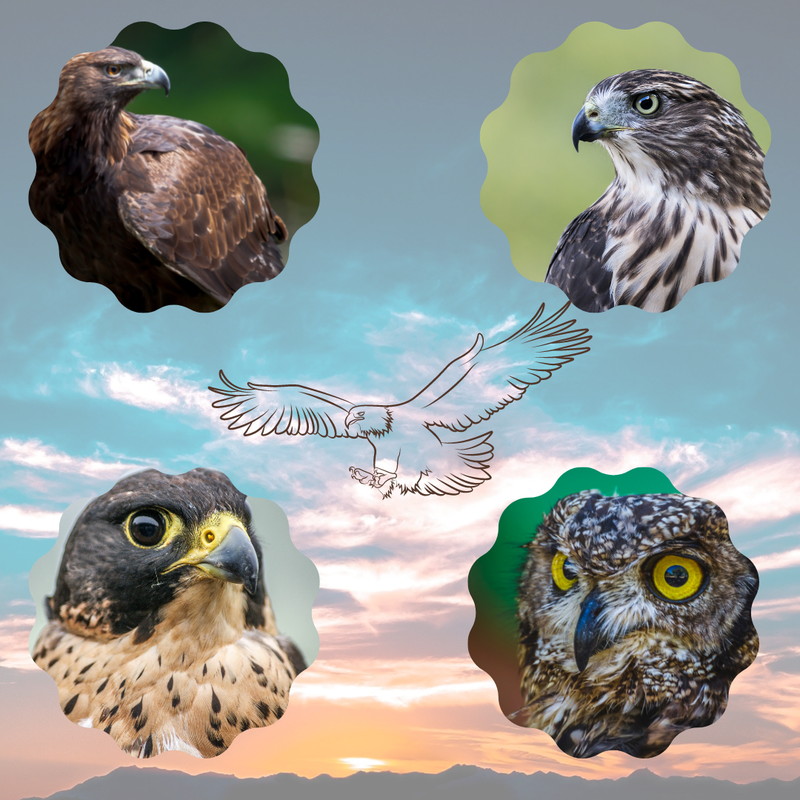Raptors
 Raptors are recognized for their keen site, strong beaks and powerful talons. They are also known as birds of prey because of the fact that they hunt for and feed on other animals. Examples of birds that are included in this group are eagles, hawks, falcons and owls. These birds have been used in the sport of falconry for centuries, but can also been found in zoo and wildlife rehabilitation settings. These birds should only be handled by trained falconers or licensed wildlife rehabilitators.
Raptors are recognized for their keen site, strong beaks and powerful talons. They are also known as birds of prey because of the fact that they hunt for and feed on other animals. Examples of birds that are included in this group are eagles, hawks, falcons and owls. These birds have been used in the sport of falconry for centuries, but can also been found in zoo and wildlife rehabilitation settings. These birds should only be handled by trained falconers or licensed wildlife rehabilitators.
If a wild raptor is found injured it is best to contact an avian veterinarian or a licensed wildlife rehabilitator. A list of wildlife rehabilitation facilities in Arizona can be found at the Arizona Fish and Game Website: http://www.azgfd.gov/w_c/urban_rehab_relo.shtml. If a bird is in immediate danger and needs to be moved before someone can come to help, it can be picked up by covering it in a large towel, then transporting it to a box or pet carrier. These birds can inflict some severe damage to human skin with their talons so thick gloves are recommended as well. Make sure to keep the feet away from human body parts as these are the most dangerous part of the bird. Next, the bird must be transported to an avian veterinarian or wildlife rehabilitator to receive the care it needs.
Birds that are used for falconry purposes benefit from wellness examinations and veterinary care to keep them in top shape for performance. Common problems that can occur in birds used for falconry include fractures, bumblefoot (pododermatitis) and respiratory infections. It is imperative that birds with these medical conditions, along with others, be seen by a veterinarian to receive appropriate treatment. Here at Arizona Exotic Animal Hospital we are happy to provide veterinary services to falconry birds.

